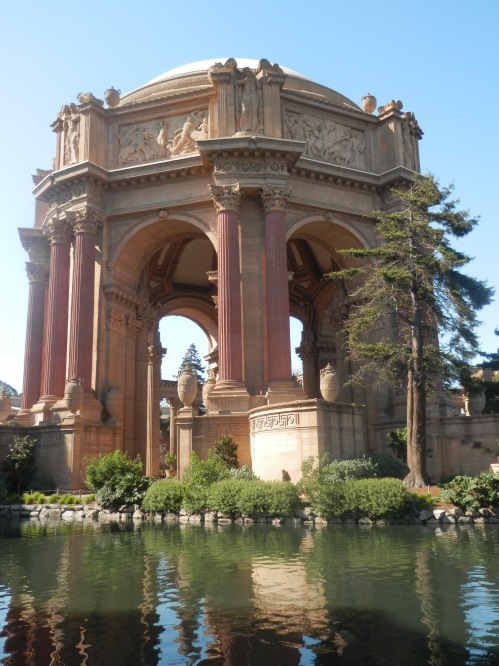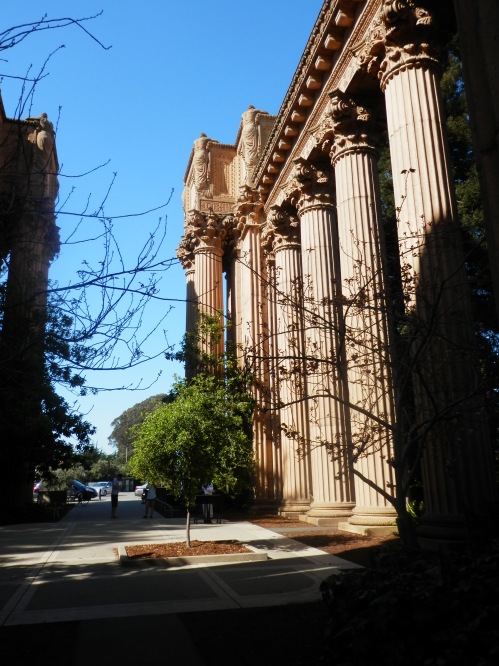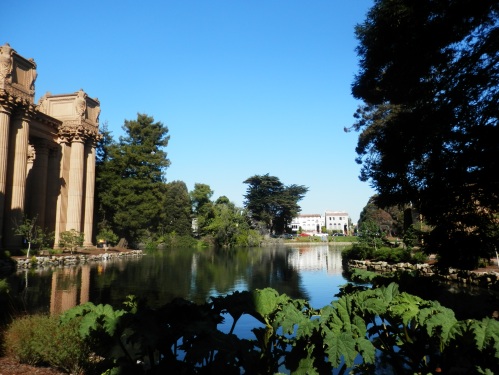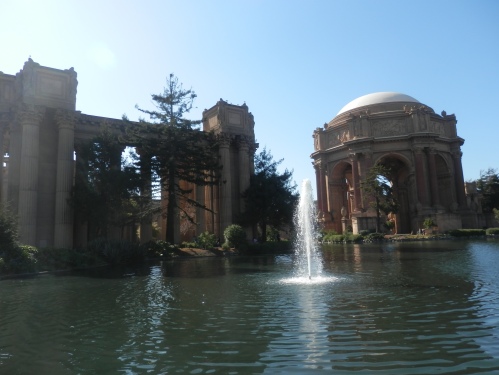There are many reasons why I am grateful to have been born and educated in Rochester, notably the imposing castle keep, atmospheric cathedral and the close association with Charles Dickens.
The town also hosts a series of festivals and concerts throughout the year within its ancient high street and environs. Whilst the Dickens Festival, held on the weekend after the late May holiday is the oldest and biggest, it is the Sweeps Festival over the May Day weekend that I look forward to the most.
For three days the town reverberates to the sound of accordions, bells, fiddles, clattering clogs and crunching sticks in one of the largest May Day celebrations in the UK.
But why sweeps?
Well, Dickens is again the inspiration for this extravaganza of music, dance and street theatre. May Day was the one day’s holiday a year for chimney sweeps or “boys” in Victorian England, and the novelist highlighted their plight.
The festivities actually begin earlier – at 5.32am on 1st May to be precise. At the picnic site near Bluebell Hill, the principal road between Chatham / Rochester and Maidstone, the slumbering Jack-in-the-Green is brought back to life by sweeps, Morris Men and anyone else dedicated or foolhardy enough to rise at such an early hour.
Back in Rochester, the narrow and sleepy high street stirs at around 11 o’clock each morning as shops and stall holders prepare their pitches against a backdrop of Morris sides jingling into position for their first dance. Many of the pubs host live folk acts too. As you walk from one end of the street to the other you will hear snatches from every strand of the folk tradition.
Already impassable to vehicular traffic, the street soon becomes clogged (pun intended) with human onlookers, some regular devotees but many others, local residents making their annual pilgrimage to gawp at the strange people from eight to eighty dressed in waistcoats adorned with badges, hats, handkerchiefs, bells and carrying the obligatory personalised beer mug (usually pewter).
The 2014 Festival, blessed with the fine weather that can make or break such an outdoors event in spring in England, was the 35th since the tradition was revived. More than sixty “sides” from as far afield as Nottingham and Warwickshire performed the full gamut of Morris dances – Cotswold, Border, North West Clog and Black Face.
Kent was understandably well represented with, among others, festival favourites such as Bishop Gundulfs, Kits Coty and the Loose Women. Less traditional forms of dance, notably Gothic (the Screeming Banshees) and Sand (the Fabulous Fezheads), provided added spice.
The entertainment was not confined to the crowded high street. The War Memorial was home to “Busker’s Corner” and stages behind the City Wall bar and on Boley Hill leading up to the Castle allowed further opportunities for singers. The car park adjacent to the castle moat was abuzz with enthusiasts trawling through the treasures in the record and musical instrument tents.
The main stage in front of the Castle was permanently in use with a succession of folk acts, and the gardens contained a food, drink and lifestyle fair, children’s fun fair and a number of other craft marquees.
Back in the high street again, the music – and the drinking – never stopped.
And the dances – and fashion – got weirder.
It had barely been a fortnight since, empty and depressed, I’d left San Francisco. But there can have been few better tonics than a day at the Rochester Sweeps Festival, which was rounded off by a fine concert from the original English folk-rock band, Fairport Convention that evening at Chatham’s Central Theatre.
Moreover, it heralded the start of the English summer – light evenings, more festivals, cricket, seaside trips.
And even the prospect of some warm sunshine.
Now that’s not something San Francisco can guarantee is it?


















